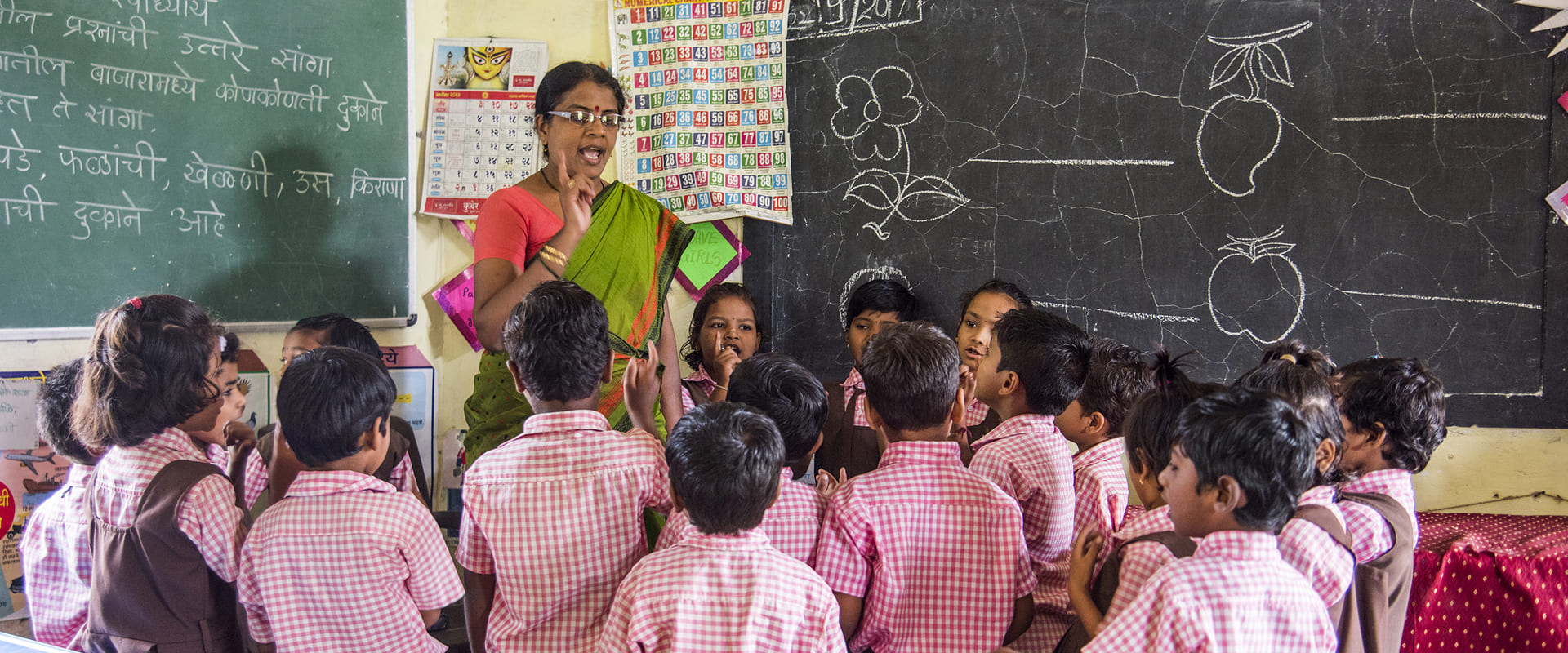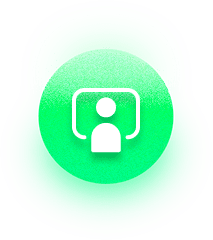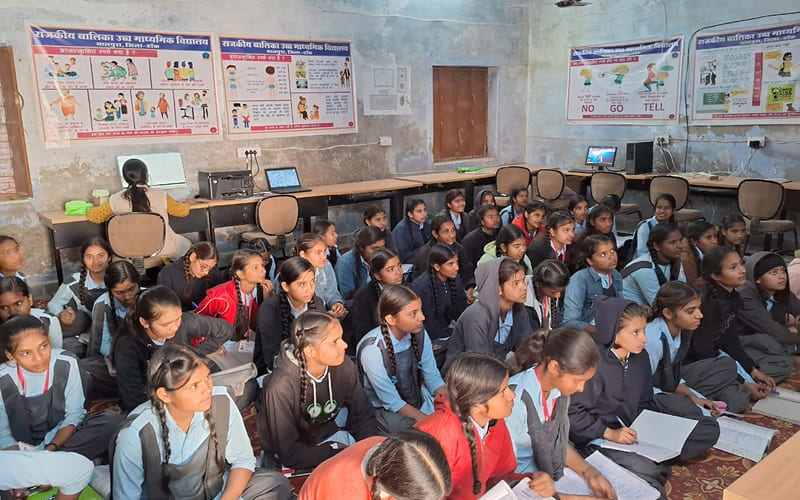
Beyond Chalk and Talk: AI-Driven Classrooms and Cognitive Learning in Urban India
AI is reshaping classrooms by enabling real-time learning feedback, behavior analysis, and personalized pedagogy. From cognitive learning tools in Belagavi to AI-based classroom monitoring in Pimpri Chinchwad, cities are demonstrating how frontier technologies can drive inclusive, accountable, and data-driven education ecosystems.
Updated on: 16 July 2025
Impact Metrics
18% increase
in curriculum completion.
20% more
self-initiated practice.
25% rise
in classroom participation.
Reduced absenteeism
through behaviour monitoring.
India’s urban classrooms are undergoing a quiet transformation. No longer confined to textbooks and static assessments, they are beginning to adopt AI-powered systems that observe, adapt, and respond—turning schools into interactive learning ecosystems.
Cities like Belagavi and Pimpri Chinchwad are early examples of this shift. By deploying tools such as deep learning-based eBooks, AI classroom surveillance, and real-time behavior tracking, they are not only improving student engagement but also generating insights into attention spans, teaching practices, and classroom effectiveness.
Learning Through the Lens of Technology

Educational inequalities—be it in comprehension, attention, or access—often go undetected in crowded classrooms. Teachers cannot consistently monitor every learner’s needs or track nuanced patterns like disengagement or cognitive overload.
In Belagavi, the education department launched a project to integrate AI-powered cognitive learning tools through interactive eBooks that:
- Adapt to student pace and comprehension level
- Include assessment-based navigation, where student answers guide the next learning path
- Use deep learning algorithms to suggest revision modules based on error patterns
These systems are integrated into the city’s smart classroom initiative, offering modular learning kits across subjects. They aim to align pedagogy with each child’s learning curve, supporting the NEP 2020 vision of personalized education.
Meanwhile, Pimpri Chinchwad implemented AI-enabled classroom monitoring across selected public schools. The system includes:
- Facial and posture recognition to track student attentiveness
- Behavioral analytics to detect distraction, drowsiness, or peer disturbance
- Teacher motion mapping and board usage metrics to analyze instructional delivery
The insights are shared with educators through a dashboard that suggests adjustments, such as repositioning, voice modulation, or re-engagement strategies.
Impacts That Go Beyond Scores
These technologies have begun to show promising outcomes:
- Belagavi’s cognitive eBooks increased curriculum completion rates by 18%, especially among lower-performing students
- Learners using AI-based eBooks were 20% more likely to self-initiate practice sessions
- Pimpri Chinchwad’s schools recorded a 25% increase in active classroom participation, with teachers able to intervene early in cases of consistent disengagement
- Data from classroom monitoring also reduced student absenteeism by highlighting boredom-linked dropout risks
Crucially, these systems are not used to surveil or penalize, but to empower educators and learners with data to act more effectively.
A Replicable Model for Public Education Reform
These AI models can be scaled across:
- Government and affordable private schools in resource-constrained urban areas
- Inclusive classrooms with children with learning disabilities or attention challenges
- Teacher training institutes, where behavior feedback can inform pedagogy
- Smart classroom networks that sync with national repositories like DIKSHA and PM eVidya
They also offer potential for integration with learning outcome dashboards, student health monitoring, and digital attendance platforms—creating a full-stack education management system.
A Classroom That Learns While It Teaches
What sets these projects apart is that they don’t aim to replace teachers—they aim to support them. AI becomes a second set of eyes, helping educators understand patterns invisible to the human observer. The classroom transforms from a static delivery zone to a living data ecosystem, where each interaction can be measured, interpreted, and improved.
In doing so, these cities are laying the foundation for an education system that is responsive, personalized, and driven by insight—not assumption. It is not just smart—it is attentive, inclusive, and deeply human in its intent.
Share Your Story Today, Shape Viksit Bharat Tomorrow
Got an idea, innovation, or experience that's making a difference? Share your story now and ignite India's transformation because your voice can drive the future forward!
BUILD YOUR OWN
BUILD YOUR OWN
How can I implement this innovation effectively?
How is this innovation being adopted around the world?
Where else could this innovation make an impact?
Who has seen real results from using this innovation?
What insights do experts share about this innovation?
What policies support or influence this innovation?
How could this innovation evolve in the future?
Is this innovation accessible and inclusive for everyone?
How can I contribute to or participate in this innovation?
What resources can help me explore this innovation further?
Handpicked stories tailored just for you
Explore stories that inspire, inform, and ignite new ideas across tech, innovation, and real-world impact


Tele-ICU Technology Revolutionizes Critical Care Access Across India
Bengaluru-based Cloudphysician is transforming ICU care with its Tele-ICU platform, connecting hospitals to remote intensive care experts 24/7. Co-founded by...
Read More





